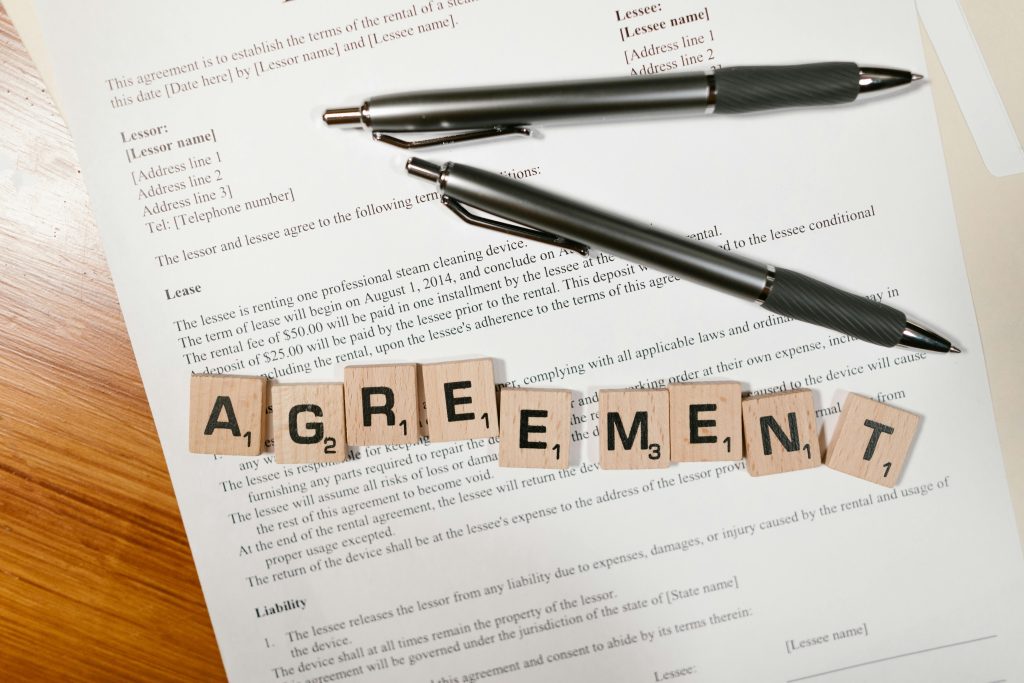Introduction
When it comes to property management, legal and compliance isn’t just a back-office detail—it’s your frontline defence against disputes, liabilities, and financial penalties. As tenancy laws grow more complex and tenant rights become more regulated, staying legally compliant is no longer optional—it’s essential.
At localpropertymanagment.com.au, we specialise in helping property owners and investors navigate Australia’s ever-evolving regulatory landscape with confidence. Whether you manage one investment property or a portfolio, knowing your obligations can save you thousands and prevent future headaches.

In this guide, we’ve compiled the top legal and compliance tips every landlord and property manager should follow—covering everything from bond handling to privacy laws and routine inspections.
Let’s ensure your property is protected, your processes are compliant, and your tenants are treated fairly.
1. Understand Your State’s Tenancy Legislation
Stay Compliant with Local Laws
Australia’s tenancy laws vary by state, so landlords must follow the rules in their specific region (e.g., NSW, VIC, QLD). Ignorance of the law is not an excuse—and penalties for non-compliance can be steep.
Key areas to understand:
- Lease agreements and disclosure requirements
- Rent increase rules and notice periods
- Eviction processes and termination rights
- Entry notice protocols and quiet enjoyment
- Bond lodgement and return timelines
Pro Tip: Bookmark your state’s Residential Tenancies Act or work with experts like localpropertymanagment.com.au who stay on top of every change.
2. Use Legally Compliant Lease Agreements
Templates Aren’t Always Enough
Many landlords rely on outdated or generic lease templates. However, a legally sound lease protects both you and your tenant, and ensures compliance with the latest legislation.

What to include:
- Full names of all parties
- Term of lease and rent amount
- Maintenance responsibilities
- Break lease conditions
- Special conditions (pets, smoke alarms, water usage, etc.)
Use state-specific lease forms, and ensure any special terms don’t override tenant rights under local laws.
3. Lodge Bonds Correctly and On Time
Avoid One of the Most Common Compliance Mistakes
In most Australian states, rental bonds must be lodged with the relevant government body (like the Residential Tenancies Authority in QLD) within a set timeframe—usually 10 to 14 days.
Best practices:
- Always issue a bond receipt to the tenant
- Lodge the full bond amount within the legal time limit
- Only claim from the bond in accordance with law and evidence
- Complete a detailed entry condition report before move-in
Failure to comply can lead to fines or disputes with the tenancy tribunal.
4. Conduct Routine Inspections Legally
Respect Privacy While Protecting the Property
Routine inspections are vital for identifying maintenance needs and ensuring tenants are caring for your property. But these must be conducted within strict legal boundaries.
Legal guidelines typically include:
- Providing 7 days’ written notice
- Conducting inspections no more than 4 times per year
- Visiting during appropriate hours (e.g., 8am–6pm on weekdays)
- Giving tenants a copy of the inspection report
Document findings with photos and notes for future reference and bond claims.
5. Stay Updated on Health and Safety Requirements
Your Duty of Care as a Landlord
Legally, you must provide a safe and habitable property. Neglecting safety compliance can result in serious liability.

Checklist of compliance essentials:
- Smoke alarms installed and tested
- Gas and electrical systems maintained by licensed professionals
- Secure locks on windows and doors
- Adequate ventilation and sanitation
- Mould and pest inspections as needed
Regularly review your compliance checklist, and keep records of inspections and certifications.
6. Manage Privacy and Data Lawfully
Handle Tenant Information With Care
You collect personal data from tenants—ID, financials, contact details. That makes you responsible for how it’s stored and used.
Privacy compliance tips:
- Store tenant data securely and restrict access
- Use tenant data only for legitimate rental management purposes
- Provide a clear privacy statement if collecting data online
- Avoid discussing tenant details with unauthorised third parties
At localpropertymanagment.com.au, we maintain strict data protocols to protect tenant confidentiality.
7. Handle Rent Arrears and Disputes by the Book
Follow Legal Procedures to the Letter
Rent arrears and tenancy disputes must be handled professionally and in full compliance with tenancy law.

Correct steps for arrears:
- Issue a notice to remedy breach (in writing)
- Allow the required notice period (varies by state)
- If unpaid, escalate to a termination notice or tribunal application
- Keep records of all communication
Avoid verbal confrontations or unapproved entry—it can result in serious legal consequences.
8. Work with a Licensed Property Manager
Legal Compliance Made Easy
Managing legal compliance is challenging—but you don’t have to do it alone.
At localpropertymanagment.com.au, we:
- Use up-to-date legal forms
- Handle bond processing, leases, and inspections
- Stay informed of legislative changes
- Represent landlords in disputes or tribunal hearings
- Maintain all necessary documentation and compliance logs
Let us protect your property—and your peace of mind.
Conclusion
Legal compliance in property management isn’t just about avoiding fines—it’s about running a professional, ethical, and profitable rental business. By staying informed, organised, and proactive, you’ll reduce risk, build trust, and safeguard your investment.

Need help navigating the legal side of property management? localpropertymanagment.com.au has you covered.
Contact us today for a free compliance review and expert property management support.



